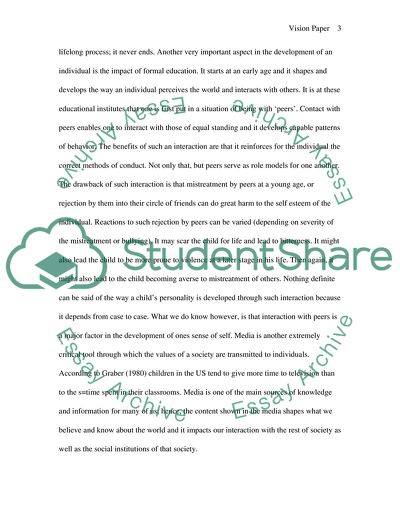Cite this document
(Aspects that Shape an Individual Essay Example | Topics and Well Written Essays - 1750 words, n.d.)
Aspects that Shape an Individual Essay Example | Topics and Well Written Essays - 1750 words. https://studentshare.org/social-science/1735755-vision-paper
Aspects that Shape an Individual Essay Example | Topics and Well Written Essays - 1750 words. https://studentshare.org/social-science/1735755-vision-paper
(Aspects That Shape an Individual Essay Example | Topics and Well Written Essays - 1750 Words)
Aspects That Shape an Individual Essay Example | Topics and Well Written Essays - 1750 Words. https://studentshare.org/social-science/1735755-vision-paper.
Aspects That Shape an Individual Essay Example | Topics and Well Written Essays - 1750 Words. https://studentshare.org/social-science/1735755-vision-paper.
“Aspects That Shape an Individual Essay Example | Topics and Well Written Essays - 1750 Words”. https://studentshare.org/social-science/1735755-vision-paper.


